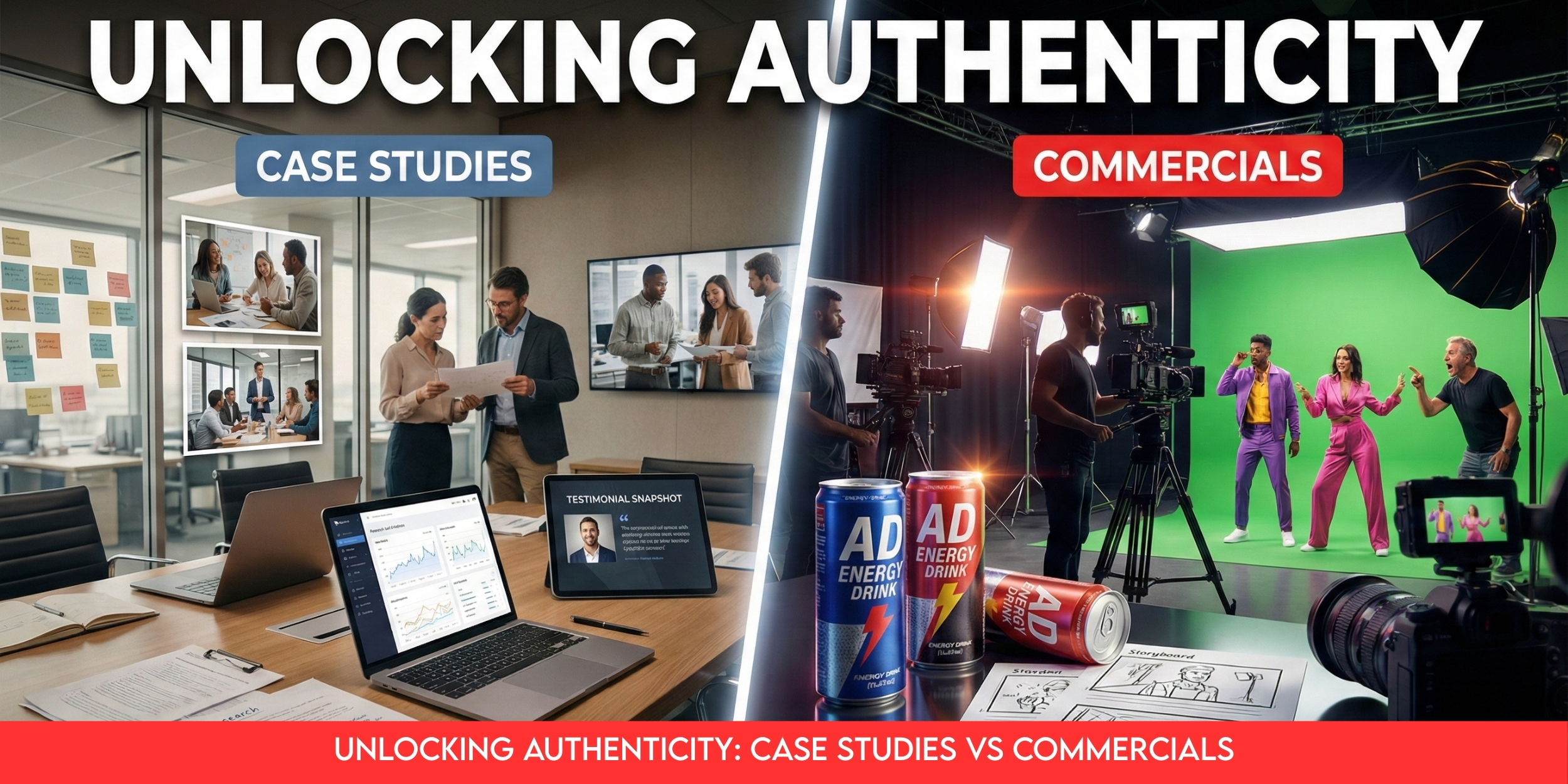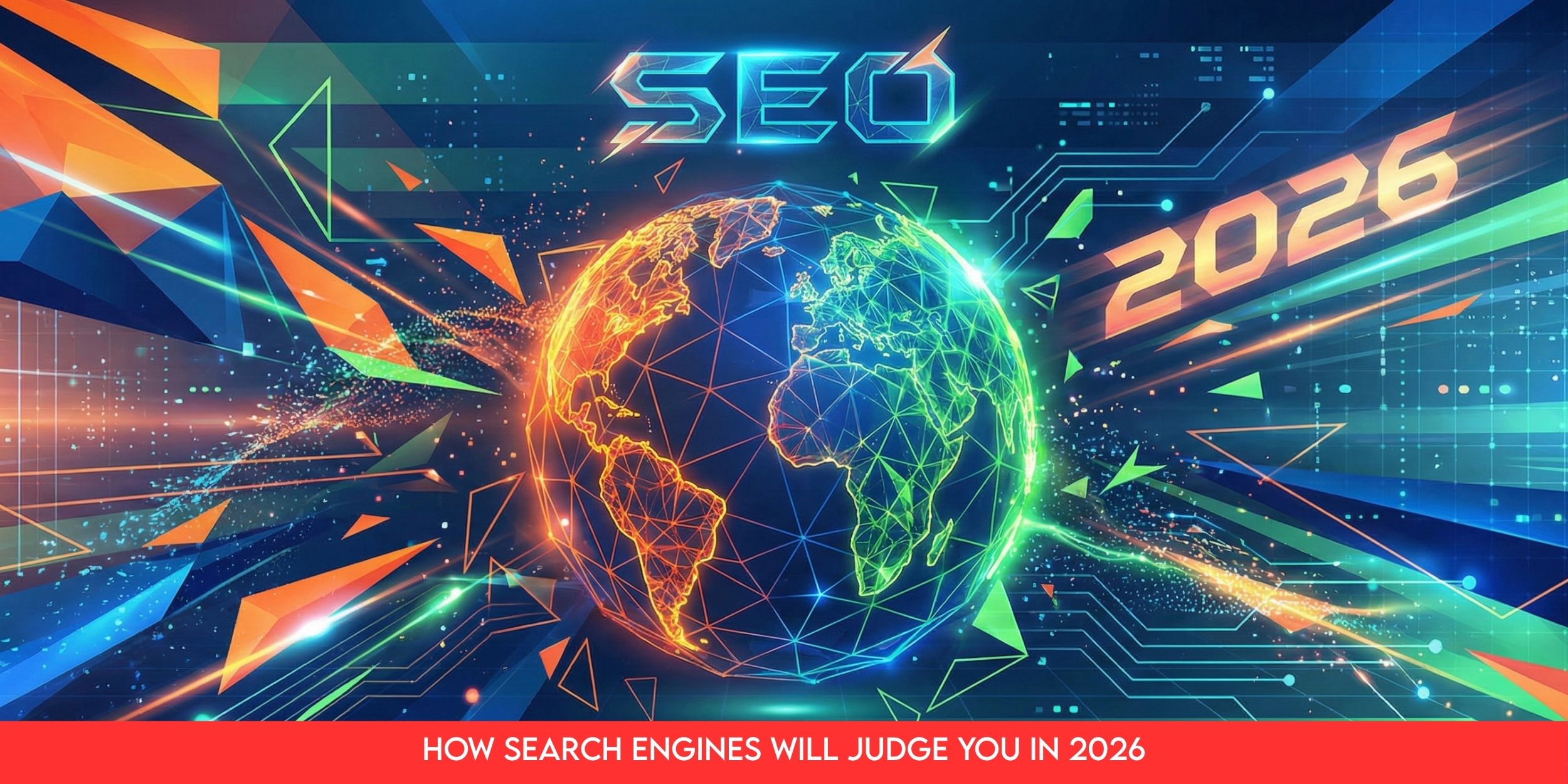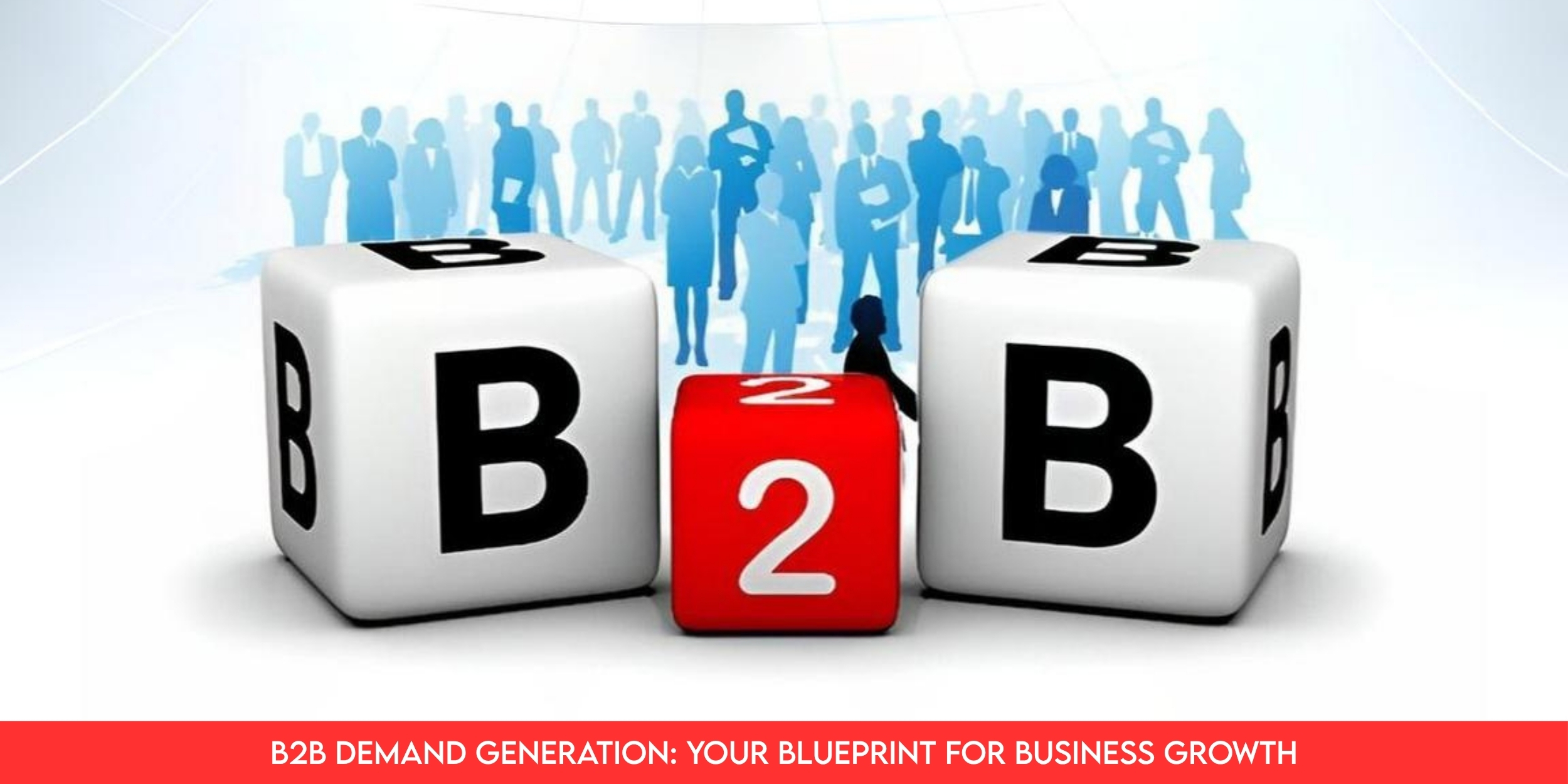
There’s a moment every brand faces.
You feel your message slipping through the noise.
You post. You promote. You boost.
Yet people scroll by as if your work never existed.
And then you see a simple case study from another brand with real names, real problems, real outcomes.
It gets shared.
It gets comments.
It gets trust.
Why?
Because it feels honest.
It feels real.
It feels like listening to a friend, not watching a pitch.
This is exactly where Authenticity becomes more than a marketing idea. It becomes the factor that decides whether your audience believes you or leaves you.
Let’s walk through this together.
You and me.
No fluff.
No sugarcoating.
Just truth, examples, and a message you can use right away.
Why people crave authentic stories?
You’ve felt it yourself.
You’ve watched commercials that looked great but left no emotion behind.
Pretty shots.
Fancy gear.
Perfect actors.
And then nothing.
People feel disconnected from anything that feels too polished. They sense distance. They sense rehearsal.
But when you read a case study, something happens.
Your guard drops.
You recognize a struggle. You hear a real voice. You see a person like you or someone you know.
You lean closer.
This is where Authenticity earns attention.
Not through volume.
Through honesty.
Consumers no longer ask, “Is this brand good”.
They ask, “Do I feel safe trusting them”.
That shift changed marketing forever.
Why commercials still matter, even in a world hungry for truth
Let’s stay honest. Commercials aren’t useless.
You can spark emotion with a strong script.
You can create recall with a sharp visual idea.
You can introduce a new product fast.
But commercials do something case studies rarely do.
They scale.
They spread.
They push reach wider.
The problem begins when brands depend only on commercials.
You build presence but not trust.
You introduce yourself but never let anyone see behind the curtain.
People want more.
They want context.
They want proof that your message connects to real outcomes.
That’s where case studies come in.
Case studies show your heart.
Commercials show your voice.
Together they show your truth.
A case study carries weight because it brings three elements your audience needs:
1. A real person
Someone with a name, a story, and a struggle.
2. A problem worth solving
Not a perfect setup.
Not a staged challenge.
A real setback.
3. A transformation
What changed.
What got better.
How your work shaped the outcome.
That’s why case studies build trust faster than ads.
People sense that you’re not trying to impress them.
You’re trying to help them see what’s possible.
This is where your Authentic brand takes shape.
Not from claims.
From proof.
Authenticity in marketing is not an aesthetic. It’s a behavior.
People sometimes treat authenticity like a design trend.
Soft colors.
Casual shots.
Behind the scenes moments.
But authenticity sits deeper than visuals.
It grows from your choices.
Do you exaggerate outcomes or show the real numbers?
Do you use actors or real clients?
Do you edit every imperfection or keep the human texture in place?
Do you invite your audience into your story or talk at them from a distance?
When a brand chooses honesty over performance, the audience feels it.
And that feeling drives emotion, memory, and action.
Authenticity connects because it respects the person watching.
Let’s talk about how authenticity boosts real engagement
A few clear patterns show up across agencies, brands, and campaigns:
People remember stories more than slogans.
Stories activate emotion.
Slogans create recall.
Emotion lasts longer.
People believe people more than brands.
A client’s voice carries more weight than any script.
People share stories they relate to.
No one forwards an ad unless it hits their heart.
But case studies?
People share those to help others.
People trust brands that don’t hide their flaws.
A rough edge feels human.
A perfect frame feels distant.
The truth is simple.
Marketing built on authenticity works because people see themselves inside the message.
Story telling is how you pull your audience closer
Story telling isn’t a technique.
It’s a conversation.
You invite someone in.
You show them a moment.
You guide them through a feeling.
You lead them to a place where they understand your message without pressure.
A good story doesn’t brag.
A good story doesn’t push.
A good story shows the listener something about themselves.
Case studies follow this same design.
A problem appears.
Someone tries to solve it.
Your brand enters the scene.
A shift happens.
The person walks out stronger or wiser.
People don’t want perfect.
They want real.
They want to know you understand the fear behind a decision, the pressure behind a deadline, or the frustration behind a failed attempt.
That connection makes your brand feel human.
Why authenticity matters for long term brand trust
Think of the last time you trusted a brand deeply.
It probably wasn’t because of a catchy commercial.
It was something smaller.
A detail.
A truth.
A moment that felt sincere.
Authenticity creates these moments.
Your audience wants to feel you care about their needs, not just your metrics.
A brand that values honesty stands out without trying.
You become the voice people return to when they feel confused, tired, or unsure who to trust.
This trust compounds.
One honest story leads to another.
One client turns into more.
One case study sparks belief.
That belief shapes loyalty.
Authenticity doesn’t need volume.
It needs consistency.
How to use both formats without losing your core message
A commercial pulls new eyes in.
A case study helps them stay.
Together, they create balance.
Here’s the approach that works for most brands:
1. Use commercials to start the conversation.
Introduce your idea.
Set the mood.
Create intrigue.
2. Use case studies to deepen the message.
Show real problems.
Show real impact.
Show real people.
3. Let your story telling act as the bridge.
Move the viewer from curiosity to connection.
Let them feel the emotional shift.
Authenticity isn’t a onetime choice.
It’s the voice you protect inside every piece of communication.
How to write a case study that feels alive
A strong case study speaks like a friend.
Not like a report.
Try this structure:
Start with a moment the client felt stuck.
Describe the pressure without exaggeration.
Share what scared them or slowed them down.
Invite the reader into that emotional space.
Then show how your work changed something.
But keep it grounded.
Use real quotes.
Use clear actions.
Use simple language.
Finally, show the transformation.
How did they feel afterward.
What opened up for them.
What changed in their life or business.
When you focus on how a person felt, your audience feels it too.
How commercials can stay honest
A commercial doesn’t have to be glossy to work.
You don’t need huge setups or staged performances.
Use real voices.
Use real spaces.
Use real lines pulled from real conversations.
People sense truth fast.
Even in short clips.
Your goal is not to impress.
Your goal is to connect.
Authenticity shapes how your brand grows
Everything shifts once your audience trusts you.
You don’t fight for attention.
You earn it.
You don’t chase trends.
You build clarity.
You don’t fake perfection.
You show progress.
A brand grounded in authenticity stands firm even in noisy markets.
This is why so many teams now move case studies to the front of their strategy.
You show what you do.
You show who you help.
You show why it matters.
People respond because they feel seen.
FAQs
What makes case studies more convincing than commercials?
Case studies feel honest because they follow real events. You hear a real voice and see a real outcome. This lowers resistance and builds trust in a natural way.
Does authenticity in marketing help conversion?
Yes. People buy from brands they trust. Authentic stories make your message easier to believe, which strengthens conversion across every channel.
Can commercials still feel sincere?
Yes. Use real environments, real people, and simple story telling. The more human the message feels, the stronger the connection.
How do I know if my brand sounds authentic?
Listen to your audience. If they relate to your message and talk about your stories, your voice is landing well.
Conclusion
Authenticity helps brands earn trust by showing real people, real stories, and real outcomes. Case studies build belief because they reveal truth. Commercials work best for reach, but honest stories turn attention into loyalty.




